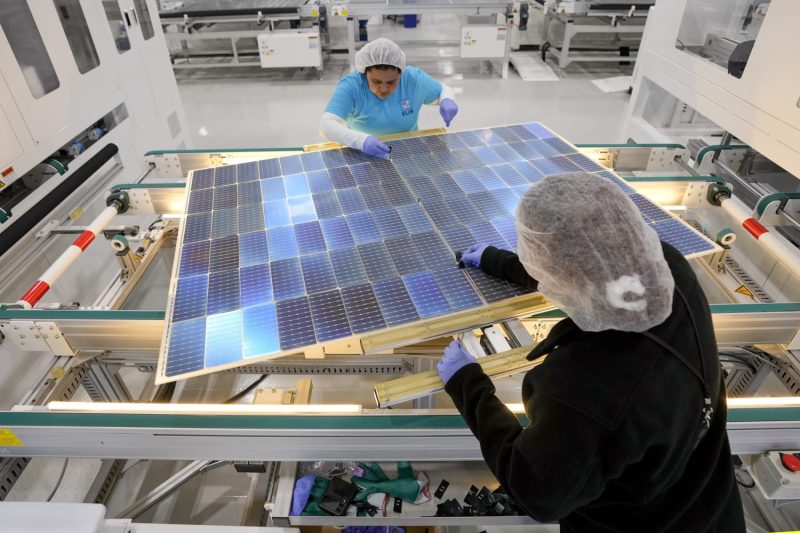The American labor market has witnessed significant changes amidst evolving technology, economic trends, and recent global events. One of the key shifts currently shaping the United States’ labor scenery is the heightened demand for skilled labor, even as white-collar hiring slows down. This analysis takes a deep dive into this emerging trend, its underlying catalysts, and potential implications.
The Rise in Demand for Skilled Labor
The critical driver of the increasing demand for skilled labor is the ongoing technological transformation within various industries. With more businesses embracing digital solutions to enhance their operations, there is a need for professionals who can handle sophisticated software, manage complex machinery, and solve intricate technical problems. This is evident across multiple fields, including healthcare, manufacturing, IT, construction, and shipping industries.
Meanwhile, even sectors not traditionally considered blue-collar are starting to experience this shift as they adopt newer technologies. For instance, agriculture has seen a substantial rise in demand for skilled labor with advanced robotics and AI technologies becoming an integral part of farming practices.
The decline in White-Collar Hiring
Simultaneously, the U.S. labor market is currently experiencing a slowdown in white-collar hiring. This trend can be attributed to several factors. First, the surge in remote work arrangements due to the pandemic-induced restrictions has reduced the need for hiring in typical office roles. Some organizations have even streamlined their operations, restructuring roles, and eliminating some jobs altogether.
Secondly, there is an increasing number of automated tools and AI-based applications that perform administrative tasks more efficiently and cost-effectively. This automation displacement is slowly shrinking opportunities for white-collar jobs in areas such as customer service, data processing, and even certain sectors of financial and legal services.
Impact on the Economy
This labor shift does not necessarily imply a struggling economy. On the contrary, embracing a skilled labor force injects dynamism into various sectors, spurring innovation, boosting productivity, and potentially increasing the economic output. However, it presents particular challenges, including the need for an education system that produces graduates with the necessary skills and the demand for lifelong learning and upskilling opportunities for the current workforce.
Furthermore, the decline in white-collar jobs could lead to restructuring of income segments, impacting areas like consumer behavior and housing markets. It could also increase income inequality if the transition to skilled labor is uneven across different demographics.
Addressing the Shift
Despite the challenges presented by this shift, it also presents unique opportunities to reshape the U.S. labor market positively. To benefit from these changes, businesses, government, and educational institutions need to collaborate, prioritising investment in vocational training and education and creating programs for upskilling and retraining.
Additionally, balanced economic policies will be required to ensure wealth distribution remains fair amidst the changing labor landscape. Strong social safety nets must also be put in place to protect workers who are displaced by the evolving dynamics of the labor market.
In conclusion, the shift towards skilled labor and the slowdown in white-collar hiring in the U.S. is a clear sign of a maturing economy adjusting to new technologies and changing global trends. This transition presents both opportunities and challenges that actors across sectors need to address proactively. By nurturing a skilled, adaptable workforce and creating supportive policy frameworks, the U.S. can harness this shift towards a more robust, resilient, and inclusive economy.




